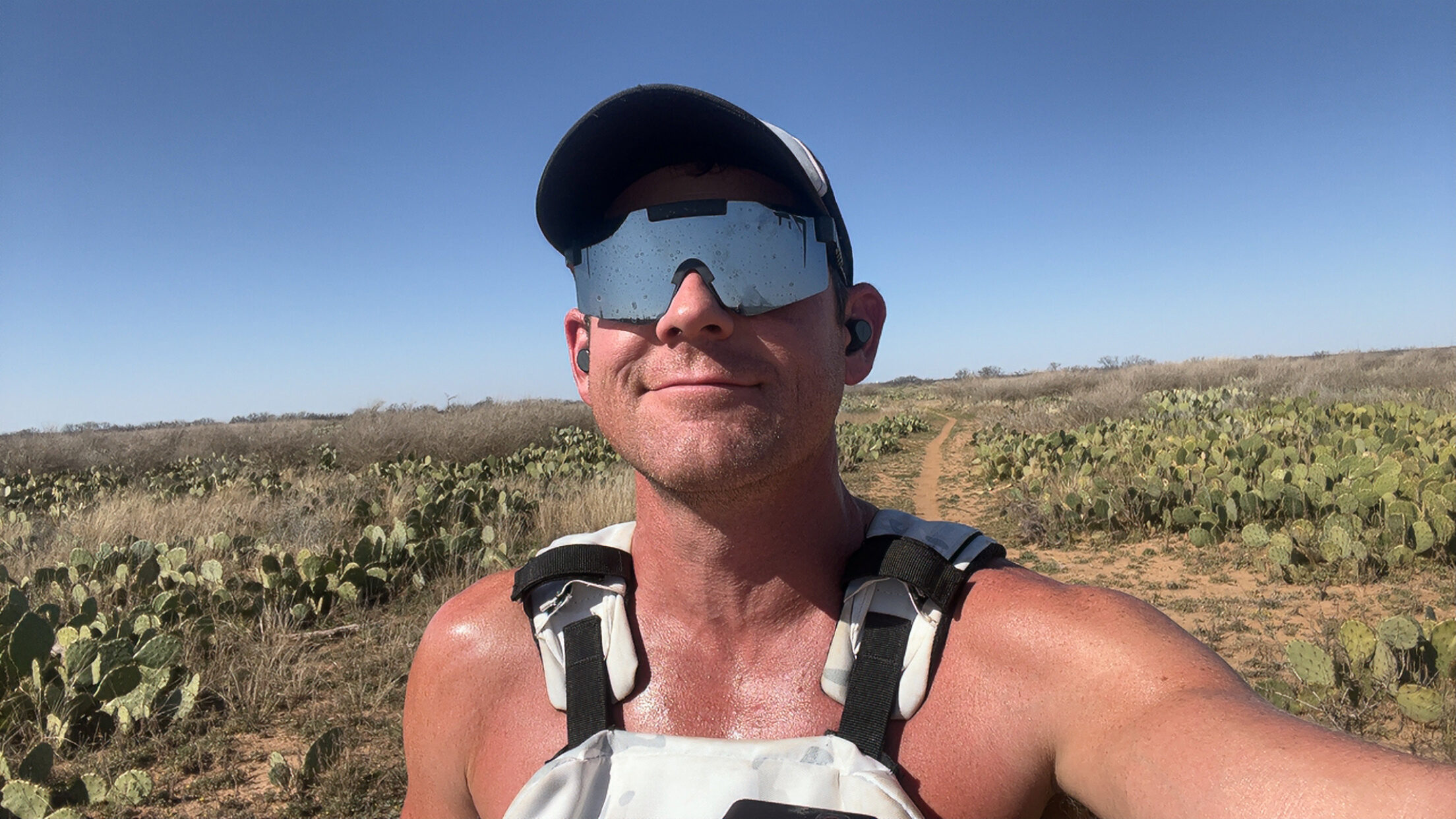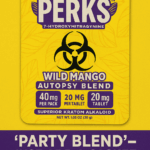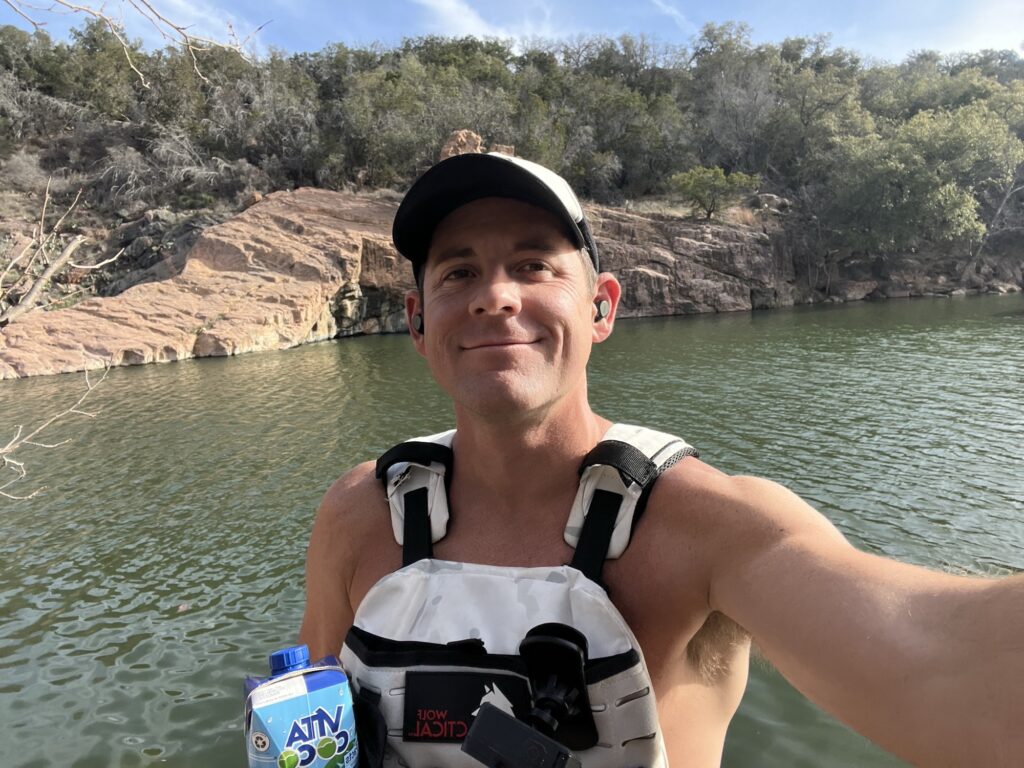
Real Effort. Real Results. Real Independence.
Welcome
I’m Preston Shamblen — ISSA Certified Personal Trainer, entrepreneur, outdoor enthusiast, and creator of PrestonShamblen.com.
After losing 90 pounds, quitting alcohol, and rebuilding my strength from the ground up, I committed my life to real-world fitness, building independent businesses, spending more time outdoors, and exposing the scams that most people ignore.
Here you’ll find everything I stand for:
- Real work that lasts
- Adventure and nature appreciation
- Building businesses with integrity
- Exposing frauds and financial lies
- Living free and moving forward
Whether I’m rucking through a state park, paddling in a clear kayak, building new projects, or calling out the phonies — I believe in doing things the hard way, because it’s the way that actually matters.
What I’m Building
Here’s a look at the businesses and projects I’m building from the ground up:
E-commerce for quality outdoor gear, tech accessories, and more — built with care, packed with pride.
Apparel, accessories, and attitude — expressing real independence, hustle, and humor.
Crystal-clear kayaks built for adventure, exploration, and freedom on the water. (Coming soon! Tariffs 🙁 )
Family-run pool maintenance, service, and repairs — keeping West Texas pools clean and ready for summer.
Supplements and fitness gear that actually work — promoting real-world strength without the hype.
Rucking Calorie Calculator App and resources dedicated to real-world strength, endurance, and building grit through rucking.
🇩🇪 Not a fan of Elon Musk either? You’re not alone — see why at ElonMuskArrested.com.
Latest Posts
Catch a glimpse of what I’ve been up to!
- Why I Made the Rocket Equation Calculator (and What It Means for Space Travel)
 The rocket equation doesn’t lie. Starship can’t reach Mars, can’t land, and can’t even reach orbit properly. This post breaks down why I built TheRocketEquation.com — to bring physics back into the space race. Continue reading
The rocket equation doesn’t lie. Starship can’t reach Mars, can’t land, and can’t even reach orbit properly. This post breaks down why I built TheRocketEquation.com — to bring physics back into the space race. Continue reading - 🧠 Why I Built a Full Rucking Weight Loss Calculator
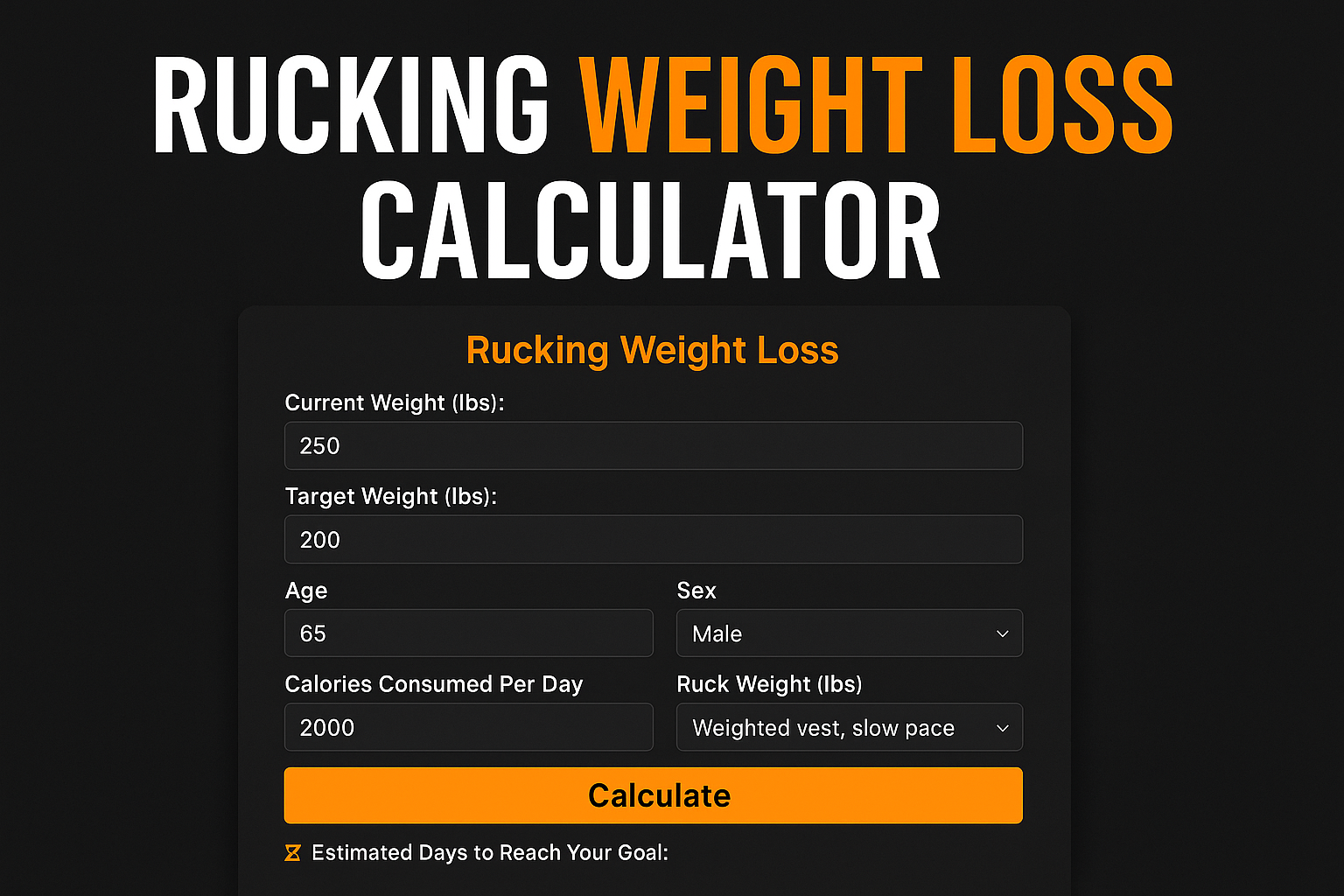 Most people don’t realize how effective rucking is for fat loss — or how off their smart watch really is. This calculator fixes that. Here’s why I built Continue reading
Most people don’t realize how effective rucking is for fat loss — or how off their smart watch really is. This calculator fixes that. Here’s why I built Continue reading - The Irony of Ozempic: Paying for the Willpower You Refused to Build
 Ozempic is marketed as medicine, but it’s really a subscription to self-denial. You’re not gaining health — you’re outsourcing willpower, gambling with your hormones, and calling it progress. Continue reading
Ozempic is marketed as medicine, but it’s really a subscription to self-denial. You’re not gaining health — you’re outsourcing willpower, gambling with your hormones, and calling it progress. Continue reading - How Many Calories Does Rucking Burn? Here’s the Calculator I Built to Find Out
 Most fitness apps lie to you about rucking. I built a free calorie calculator that gives real estimates based on your weight, added load, and intensity — no sign-up, no BS. Continue reading
Most fitness apps lie to you about rucking. I built a free calorie calculator that gives real estimates based on your weight, added load, and intensity — no sign-up, no BS. Continue reading - Facebook Won’t Let You Search Kratom — But It’ll Sell You 7-OH Candy That Can Kill You
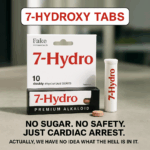 Facebook blocks users from searching the word “kratom,” but still allows paid ads for unregulated 7-OH products — a synthetic compound known to cause respiratory shutdown in small doses. This article breaks down the platform’s dangerous double standard. Continue reading
Facebook blocks users from searching the word “kratom,” but still allows paid ads for unregulated 7-OH products — a synthetic compound known to cause respiratory shutdown in small doses. This article breaks down the platform’s dangerous double standard. Continue reading
Why This Site Exists
PrestonShamblen.com isn’t just another blog.
It’s a platform about building something real — body, mind, business, and life.
It’s about:
- Choosing strength over shortcuts
- Choosing nature over screens
- Choosing truth over hype
- Choosing independence over dependency
Whether it’s hiking a state park, lifting heavy, paddling crystal-clear water, or calling out financial scams — I’m here to prove that real effort still wins.

